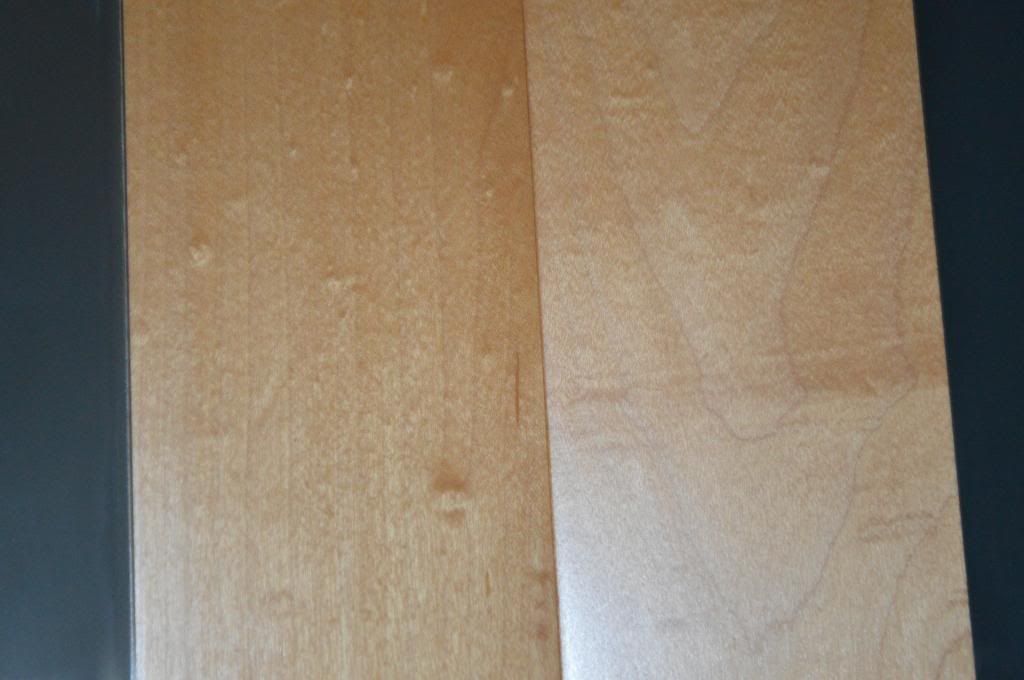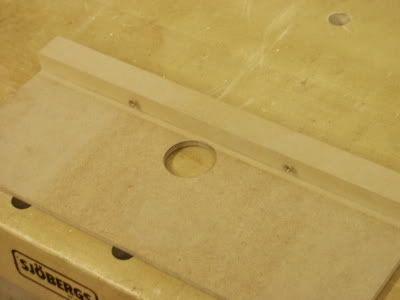Hi all
Attached are two photos of some wardrobes I made. They look good but when I open a door the hinged stile rubs against the hinged stile of the door adjacent to it. The gap between all the doors is 2mm.


The hinges are full overlay.
What can I do to stop this problem? Have I used the correct hinges?
Any suggestions appreciated.
Kind regards, Andrew
Attached are two photos of some wardrobes I made. They look good but when I open a door the hinged stile rubs against the hinged stile of the door adjacent to it. The gap between all the doors is 2mm.


The hinges are full overlay.
What can I do to stop this problem? Have I used the correct hinges?
Any suggestions appreciated.
Kind regards, Andrew


































